Malaysian-born, Singaporean-raised Stefen Chow and Singaporean Huiyi Lin are together a Beijing-based duo exploring current life topics in visually relevant ways. They’ve won multiple awards, spoken at many events, participated in dozens of group and solo exhibits in over 18 countries, so the recent worldwide success and acknowledgement of their ambitious project The Poverty Line really comes as no surprise.

Image via Chowandlin.com
For readers not familiar with The Poverty Line, could you give me a brief summary about it?
Lin: First, it’s an interdisciplinary project cross studying in photography, art, then into public policy and economic research fields. Secondly, it's not something for one specific type of audience. Third, it's taking a global-local lens. We are taking a lens to look at global issues yet contextualizing the local situation. We start from things that we associate with very directly, which is food and newspapers.
Chow: The whole idea was just to answer the question, what does it mean to be poor? This issue struck with us quite personally. After we started this project, we realized that both of us we were born into privileged backgrounds, but then both of our families actually lost everything in their respective businesses when we were young. So we actually experienced life with financial struggles as we were growing up. We were very fortunate to have proper education and also to move up the social ladder, so to speak. As we became professionals ourselves, we wanted to find projects that were meaningful. This topic actually really resonated with us.
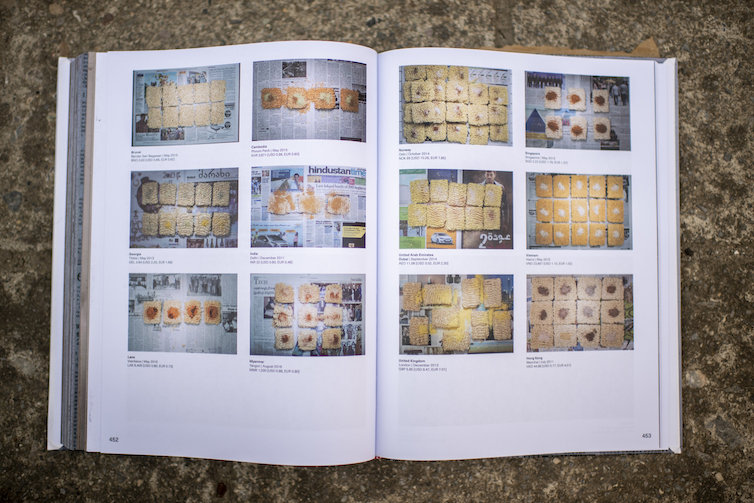 Image via Chowandlin.com
Image via Chowandlin.com
How does it feel to see all of the years of hard work growing this baby seed of an idea into now gaining worldwide recognition?
Lin: I think it has it’s time and place now, especially with the COVID-19 crisis. A lot of people have food insecurity, definitely in developing and low income countries, but also even in developed countries where there is job insecurity leading to food insecurity with shocks in the food supply systems. So I think at this time it is even more pressing that some of these issues, which had been neglected, are explored. These issues that have existed in our social structures are exacerbated during a time like the pandemic. We hope that this book would be able to shed light and give a little bit more empathy and awareness into this current situation.
Chow: We already felt that the project is bigger than us. That’s the reason that we present the work without really presenting ourselves as being in front of the world, because we always felt that the work speaks to the reader more than this being the opinion of us. We feel really grateful that the message is growing, and with every press meeting and exhibition that we are part of it snowballs into a topic where there are just more questions left unanswered. The project provides some outlet of what we can deem to be food choices for people living at the poverty line, but ultimately, it also invites more questions and queries and more reflection about our world, as well as the world around us. In some ways, we are also ambitious, because we feel that we want to take this further, only because we think that the message itself resonates with a lot of people.
What does that look like for you two to take it further?
Chow: Since then we have expanded our practice into a full fledge artistic practice, with The Poverty Line as the first publication. We have also developed other bodies of work that look at social phenomenon, whether it is consumption, inequality, even issues such as fake news. We have been developing these in tandem with The Poverty Line project over the last ten years. We are also having our works shown in different institutions and museums. Through our interaction with individuals, as well as experts and academics, who are far more specialized in their respective fields, I think we have realized that we have tapped onto a series of topics that is actually very concerning, and we find that to be very meaningful as we explore that through art.
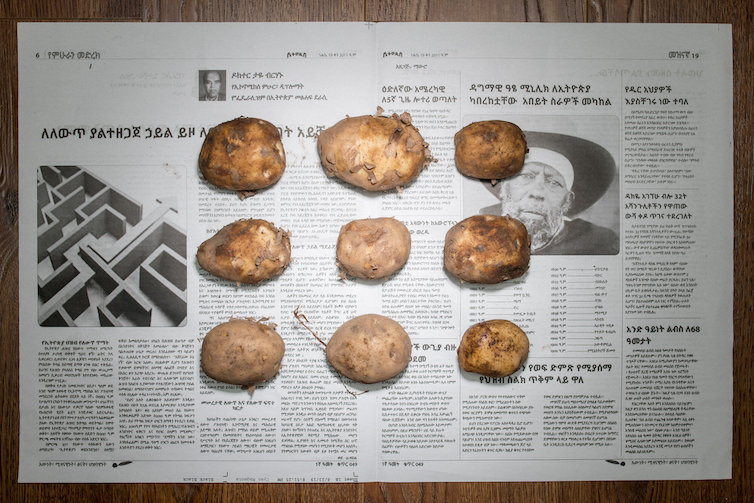
Image via Chowandlin.com
As a more practical question about The Poverty Line, how or why did you pick the countries that you did?
Lin: When we started the project, China obviously was our first case study, because we're based here. China was a key starting point and an important part to understand the global landscape. From the case study of China, we thought it would be more meaningful as we build up the conversation to look across countries, and get viewers from other countries to look at their own countries and understand other parts of the world. So we just tried to go out to as many countries as we could cover. The project was self-produced and self-funded, so we had to find different opportunities to try to get to more geographical areas.
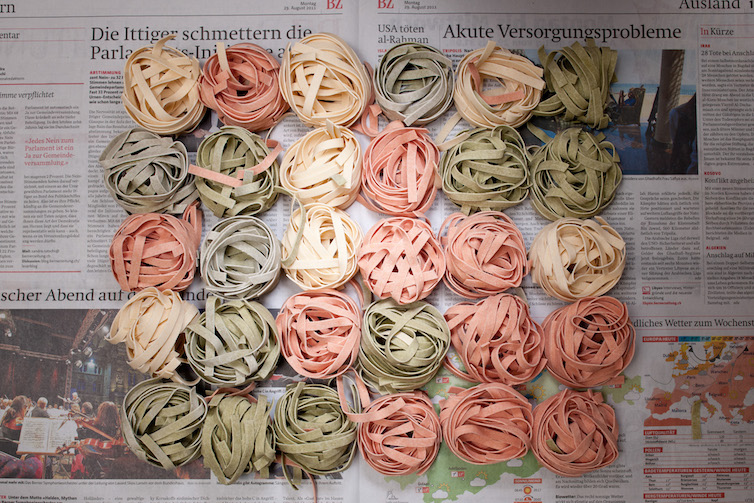
Image via Chowandlin.com
How did you pick the food that actually went on to the newspaper?
Lin: Generally the approach that we took was that we wanted to assemble a local food basket. Maybe it's from an economics approach, you want to look at the local food choices, comprising across different types of food groups, carbohydrates, proteins, fruits, vegetables and snacks. We were really inspired by a book called Poor Economics by two Nobel Prize winning economists Abhijit V. Banerjee and Esther Duflo at MIT. One of their key findings was that daily food choices and daily decisions made by people living at the poverty line or below is within a very restricted budget. Their choices are under that kind of pressure on a daily basis. So if one day, they may get a little bit more money because of a better harvest or a good day's work, they might actually choose to spend it on not just basic calories, but a little better protein, like fish or maybe get some sweets as treats for the children. So it's as rationalized or irrational as normal consumers behavior. We wanted to show that spectrum of behavior and not just assume that people necessarily need to eat very basic calories, but they are surrounded by these choices yet they have to make those choices very consciously on a daily budget.
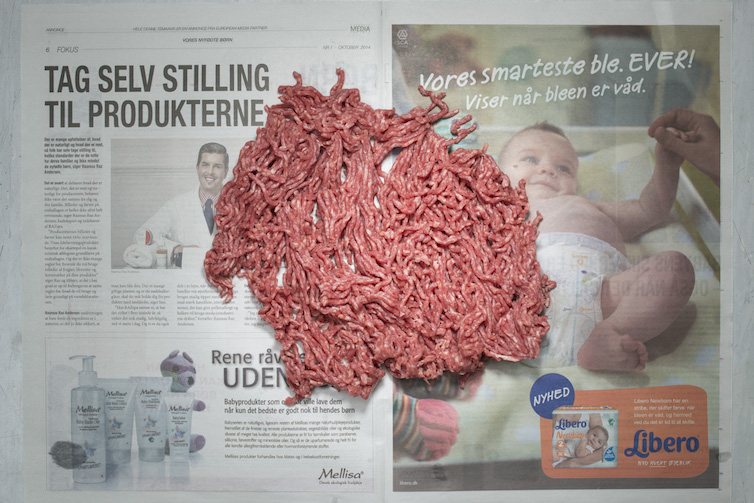
Image via Chowandlin.com
Did you try all of the food that was photographed?
Chow: Not all. But when we can, I always buy a bag of potato chips because the days are long, the nights are long when we photo shoot. So potato chips are a really a good way to fuel yourself through the night. You will notice that there are also a lot of raw foods and grains. We perhaps only cooked some of the food in maybe two or three countries out of all the places that we've been to. But we actually did not waste most of the food. I would try to contact food banks locally, but then we realized that food banks have their own rules and regulations, that they only take from trusted sources and certainly not unpackaged foods.
Sometimes I would just talk to the people cleaning up the hotel that we are in, and just tell them as plainly as possible what we were doing and could we pass the food to them after that. I remember back in 2019, I was photographing Turkey for The Poverty Line. I offered the food I was using to two of the cleaners. They didn't understand at first, but then after I explained I had about 300 euros worth of food to give away, they were very happy. The next day one of the cleaners came back and brought her son who could speak simple English. He expressed how happy they were and it's a great work and he saw it online as well. He knew what the project was about and said it was very meaningful.

Image via Chowandlin.com
Do you have any other specific stories that stand out to you while you were researching for this project?
Chow: I have two personal stories. One was about Arjun, the caretaker in the apartment that we were staying in India. After he realized what we were doing, he personally guided us to the local markets to get food at local prices and brought the food back for us. I told him we also photographed this project in different countries. He immediately asked, “Have you done Switzerland?” It just popped up from nowhere. “Yeah, I think we have photographs,” I told him. His next question was, “Are there poor people in Switzerland?” And we say, “Interesting that you asked, there are.” So we showed him the poverty line choices in Switzerland.
He found it very fascinating. He was looking at the food, comparing with what he has back home. Arjun was more than likely making a very modest salary and livelihood. He remarked to us that he actually has more choices than what they did in Switzerland. The reason why he had an impression about Switzerland was that in India, in a lot of Bollywood movies, the stars will often dance and suddenly land in the hills of Switzerland. So for a lot of mainstream Indians, Switzerland represents this paradise, a heaven for anyone who visits the country. He found it fascinating that the country also has another side, and actually has a side with poor people.
The other story was when I was traveling in Portland in the US. I met up with a photography professor who wanted to meet me to discuss about work. As we were having lunch, she started asking me about the statistics and the figures about the poverty line in the US, which we have documented as well. I started sharing with her those figures and I told her about the food budget. Then she remarked, “Yeah, that's about how much I spend in a single day.” I felt I felt there was this very strange sensation, because she was agreeing with a lot of statistics I was quoting, and I asked, “Are you sure it's not just for one meal but not for one day?” And she said, “Yeah, that's my food budget in a single day.” I realized the photography professor who was sitting across me, was actually living at the poverty line herself. She explained that she is not a full time professor at the state university. Her other sources of income had dried up. Her car was behind payments. The house was under threat of being repossessed. So even though on the surface, she has a car, a house, a career, life is not at all well for her.
I think this is the biggest learning point we have in doing ten years worth of poverty line work. We're not just talking about a community of people that we see to be very visibly poor. When we talk about the poor, we think about the homeless. We think about people who seem destitute in appearance. But what we are also capturing is a community of people who actually seem like you and me who appear normal in person. They may have a job, they may have education, but due to circumstances, either through individual choices or systematic choices, they have fallen through the cracks and have fallen below the poverty line. This essentially is a very invisible class that we are focusing on. The people that we are documenting are actually the people who look more like everyone else, our core audience, rather than someone that we assumed to be poor, just because they look like it.
[Cover image courtesy of Stefen Chow]
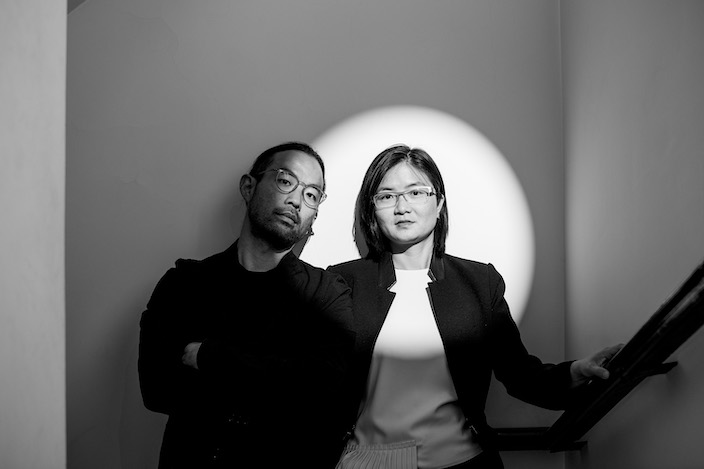



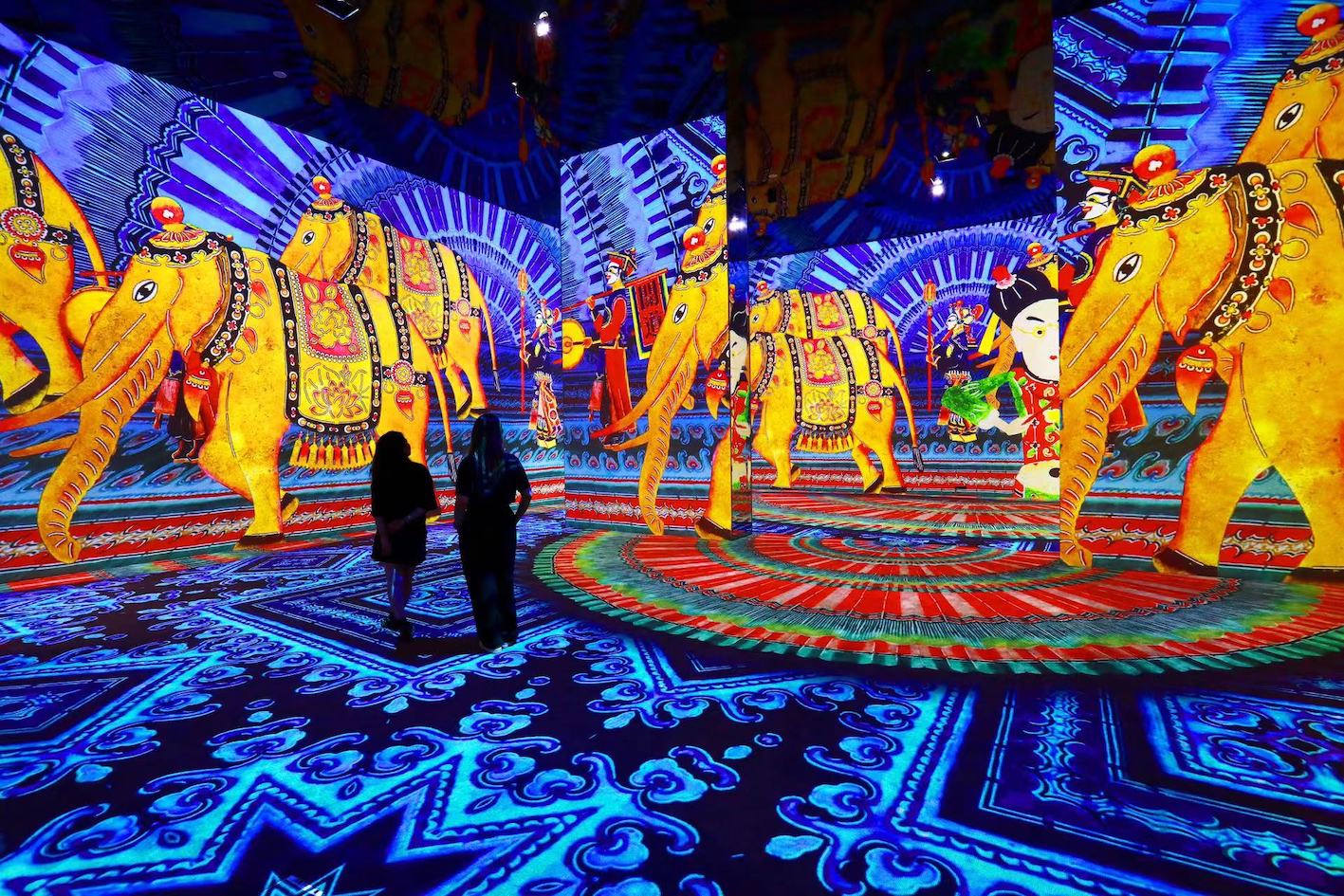
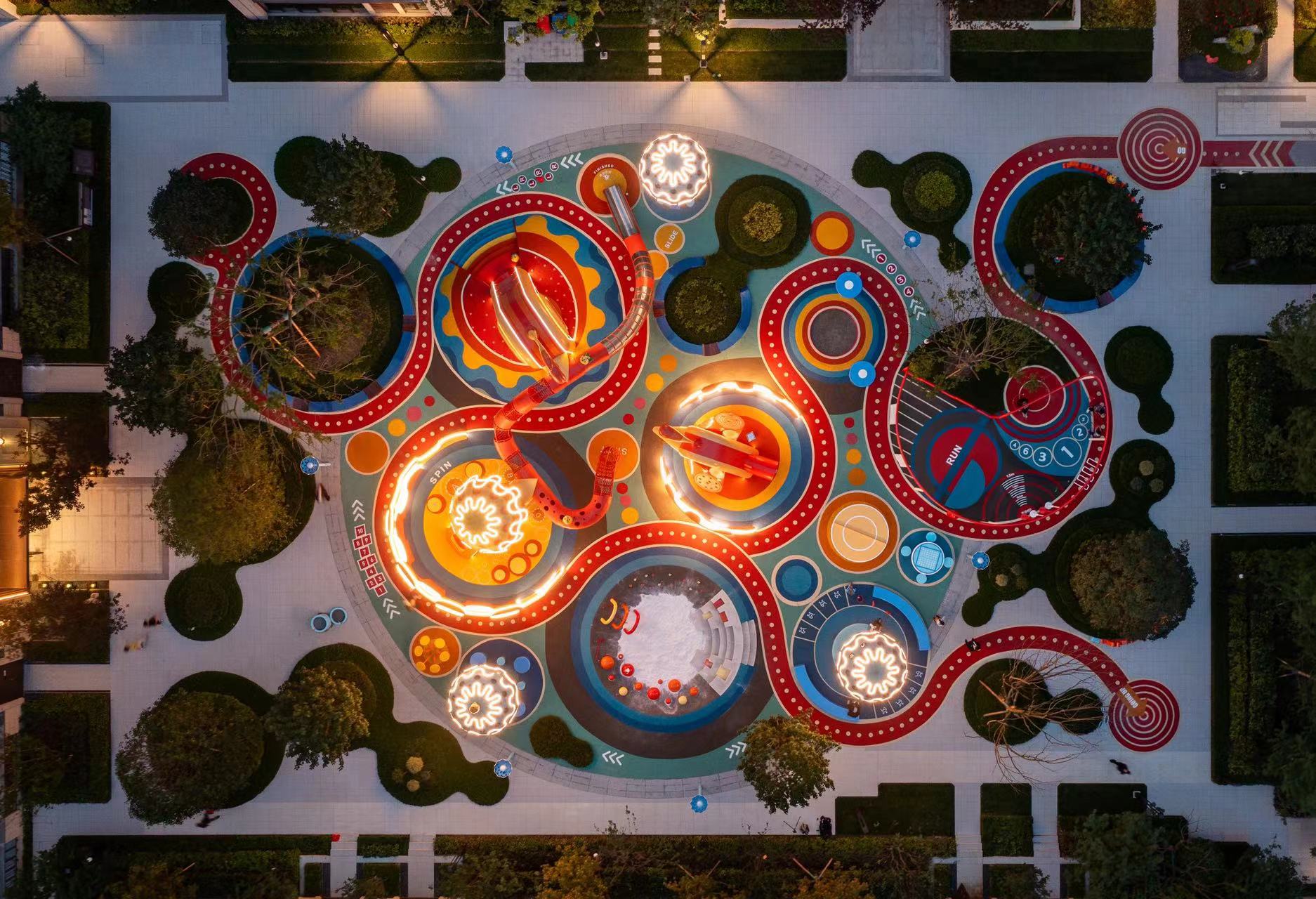
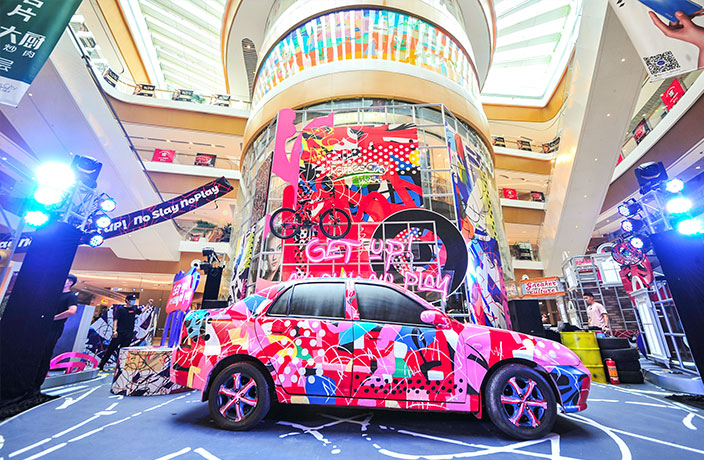














0 User Comments